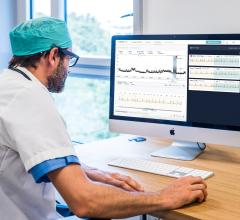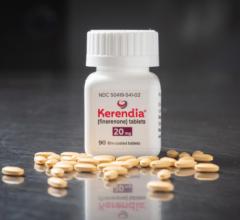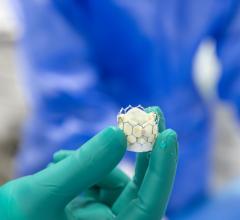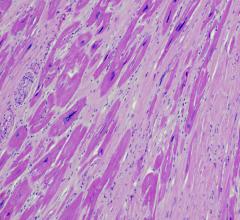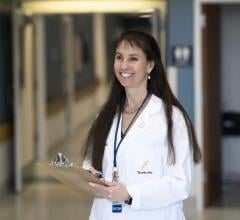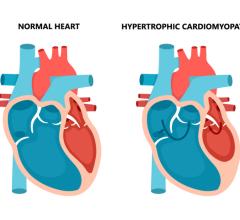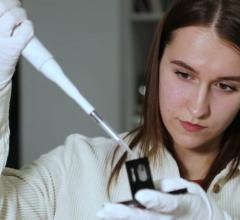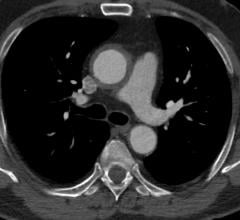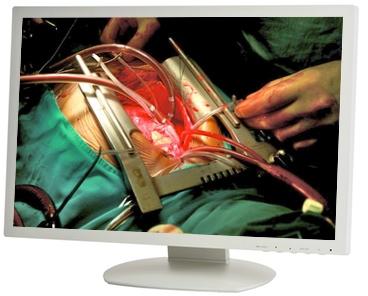
Here is what I thought were the top five most important take-away presentations from the 2019 Society of Thoracic Surgeons (STS) annual meeting in late January.
1. Relationship Between Hospital Surgical Aortic Valve Replacement (SAVR) Volume and Transcatheter Aortic Valve Replacement (TAVR) Outcomes
In this timely report, Sameer Hirji, M.D., cardiac surgeon at Brigham and Women's Hospital, and colleagues compared in-hospital and one-year in TAVR outcomes among centers according to annual SAVR volume at the same institution. Using Medicare data for more than 65,000 SAVR patients and 40,000 TAVR patients, they showed that SAVR volume at an institution independently predicted TAVR short-term and midterm outcomes.
The Centers for Medicare and Medicaid Services (CMS) currently requires 20 SAVR operations per year for a continuing TAVR program, but this requirement has recently been the subject of controversy. In the discussion following the presentation, Joseph Bavaria, M.D., co-director, transcatheter valve program and director, thoracic aortic surgery program at Penn Medicine, noted that these timely findings were likely to affect national policy actions governing TAVR implementation in the United States.
As last author, Tsuyoshi Kaneko, M.D., assistant professor of cardiac surgery, Harvard Medical School, emphasized that this paper will refuel the discussion of the importance of a multi-disciplinary team.
2. Five-year Angiographic Outcome of 2,236 Coronary Artery Bypass Grafts (CABG)
This abstract aggregated angiographic follow-up data from 1,519 patients (2,236 conduits) at an average of almost five years. All 929 left internal thoracic artery grafts were to the left anterior descending (LAD) artery, whereas 84 right internal thoracic artery (RITA) grafts, 680 radial artery (RA) grafts and 543 saphenous vein (SV) grafts were anastomosed to various non-LAD targets. Age, previous myocardial infarction (MI) and most importantly SV use were associated with graft re-occlusion.
This paper adds to the growing body of evidence supporting multiple arterial grafting for appropriately selected patients. The utility of multiple arterial grafting is currently being studied in the multi-institutional ROMA Trial which is currently enrolling and on track to enroll more than 4,000 patients to provide high-quality, randomized data on arterial vs. venous conduits for CABG.
3. Thoracic Surgery Regionalization in Northern California
Another important abstract presented at the STS conference used Kaiser Permanente’s (KP) managed care network in Northern California to analyze the success of a regionalization program for major pulmonary resection. In this study from Sora Ely, M.D., University of California, San Francisco, et al., patient outcomes were retrospectively reviewed within KP’s managed care network for three years before and three years after the regionalization program was implemented. The authors found that regionalization successfully centralized the cases from 15 pre-regionalization to five after regionalization. In further analysis, the regionalization was independently associated with significant improvements in video-assisted thoracoscopic surgery (VATS) utilization, length of stay and morbidity. The authors note that their study suggests a benefit from regionalization that transcends increased center volume alone.
4. Endovascular Repair of the Aorta After Frozen Elephant Trunk Procedure
Martin Haensig, M.D., Heartcenter University Leipzig, et al., presented a large German case series of 250 patients who underwent repair of thoracic and thoraco-abdominal aneurysms using the frozen elephant trunk (FET) repair technique. Of these, 10 required further endovascular repair. In these 10 patients, the authors demonstrated the feasibility of further endovascular repairs of the distal aneurysmal aorta following frozen elephant trunk with excellent short-term outcomes. Of the patients in this series, there was only one patient death and none of the patients developed spinal cord ischemia.
5. Fewer Complications for Patients on ECMO Who Were Not Given Heparin
A big question has been whether anticoagulation is required for patients on venoarterial (VA) extracorporeal membrane oxygenation (ECMO). Katherine Wood, M.D., University of Rochester Medical Center, Igor Gosev, M.D., assistant professor of medicine, University of Rochester Medical Center, and colleagues presented an abstract showing that holding anticoagulation significantly decreased overall complications. This included a drop in complications from blood transfusions and heparin-induced thrombocytopenia in their seven-year series of almost 250 patients. The authors also noted that thrombotic complications were not increased among the patients who did not receive anticoagulation. If verified by more rigorous prospective studies, this data could improve the efficacy and safety of current ECMO management worldwide.
Editor's Note: The author, Prof. Mario Gaudino, M.D., trained in cardiac surgery in Italy. Since early in his career, his primary focus of research has been the use of multiple arterial grafts for coronary revascularization. To that end, he has been the principal investigator on multiple randomized control trials and studies (CATaRSY, FIFA, CATHEXIS and RADIAL). He is currently the PI on a large multi-center RCT entitled Randomized Comparison of the Outcome of single versus Multiple Arterial grafts (ROMA). He currently holds the Stephen and Suzanne Weiss Professorship in Cardiothoracic Surgery at Weill Cornell Medicine, where he also serves as the director of translational and clinical research, and is an attending cardiac surgeon at NewYork-Presbyterian Hospital.


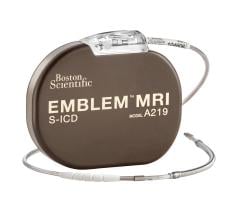
 May 18, 2024
May 18, 2024 
